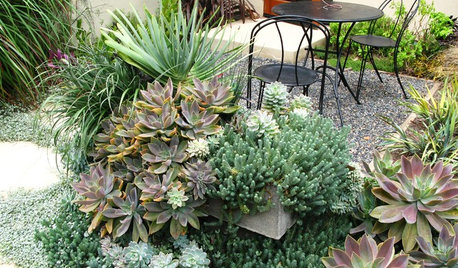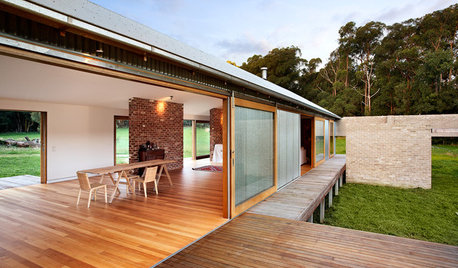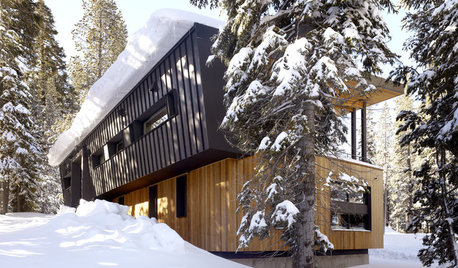Minimum Temperature
hellbender
11 years ago
Related Stories

GREEN BUILDINGInsulation Basics: Designing for Temperature Extremes in Any Season
Stay comfy during unpredictable weather — and prevent unexpected bills — by efficiently insulating and shading your home
Full Story
SUCCULENTSAmazingly Low-Maintenance Picks for Outdoor Planters
Turn to succulents, cacti and ornamental grasses to keep your summer watering and care to a minimum
Full Story
GREAT HOME PROJECTSHow to Add a Radiant Heat System
Enjoy comfy, consistent temperatures and maybe even energy savings with hydronic heating and cooling
Full Story
FLOORSIs Radiant Heating or Cooling Right for You?
Questions to ask before you go for one of these temperature systems in your floors or walls (yes, walls)
Full Story
ARCHITECTUREHow Thermal Mass Keeps You Warm and Cool
Passive solar design makes use of this element. Here’s how it works and how you can get it in your home
Full Story
HOMES AROUND THE WORLDStorybook Cottage Gets an All-Glass Kitchen
A showstopping addition to a traditional thatched cottage houses a contemporary kitchen
Full Story
LANDSCAPE DESIGNLearn Your Garden’s Microclimates for a Resilient Landscape
Reduce your water demand and learn the basis of planting the right plant in the right place
Full Story
HOUSEKEEPINGGet Ready for Winter the Chilled-Out Way
Doing just a simple task a day for a dozen days will have you and your home saying, "Bring it on" to winter
Full Story
KITCHEN DESIGNThe Ecofriendly Kitchen: Light Your Kitchen Right
Harnessing the daylight is a terrific choice for earth-friendly kitchens, but it's not the only one
Full Story
SMALL HOMESSmall Homes Surprise With Comfort and Efficiency
Scant space doesn't mean getting shortchanged with stylish, comfortable homes like these
Full Story





sbryce_gw
JerilynnC
Related Professionals
Springfield Landscape Contractors · Brandon Landscape Contractors · Bridgeport Landscape Contractors · Kaysville Landscape Contractors · Lemay Landscape Contractors · Pleasanton Landscape Contractors · Ronkonkoma Landscape Contractors · Whittier Landscape Contractors · Winchester Landscape Contractors · Bay City General Contractors · Decatur General Contractors · Henderson General Contractors · Kailua Kona General Contractors · Mashpee General Contractors · Newington General ContractorsJerilynnC
mendopete
equinoxequinox
JerilynnC
hellbenderOriginal Author
boreal_wormer
mr_yan
equinoxequinox
coachgrumpy
JerilynnC
sbryce_gw
Shaul
mr_yan
mendopete
JerilynnC
11otis
tulips101
mr_yan
11otis
Shaul
mendopete
tulips101
tulips101
mendopete
JerilynnC
firecat
mr_yan
lkittle
hellbenderOriginal Author
11otis
Shaul
mr_yan
hellbenderOriginal Author